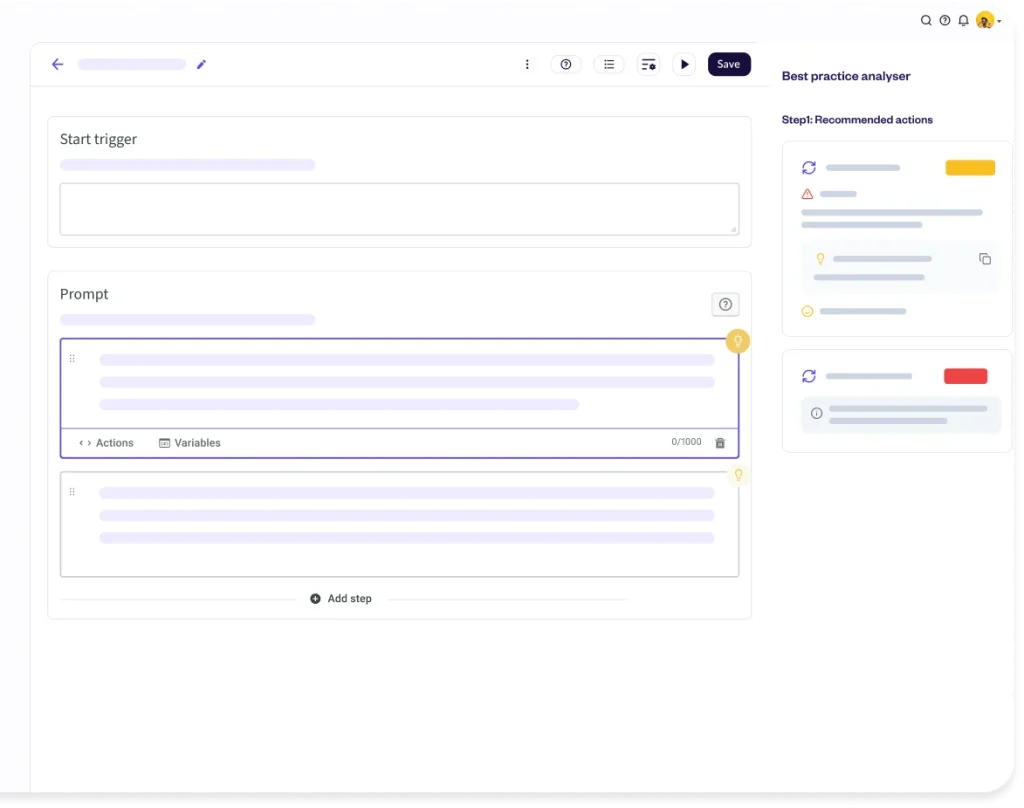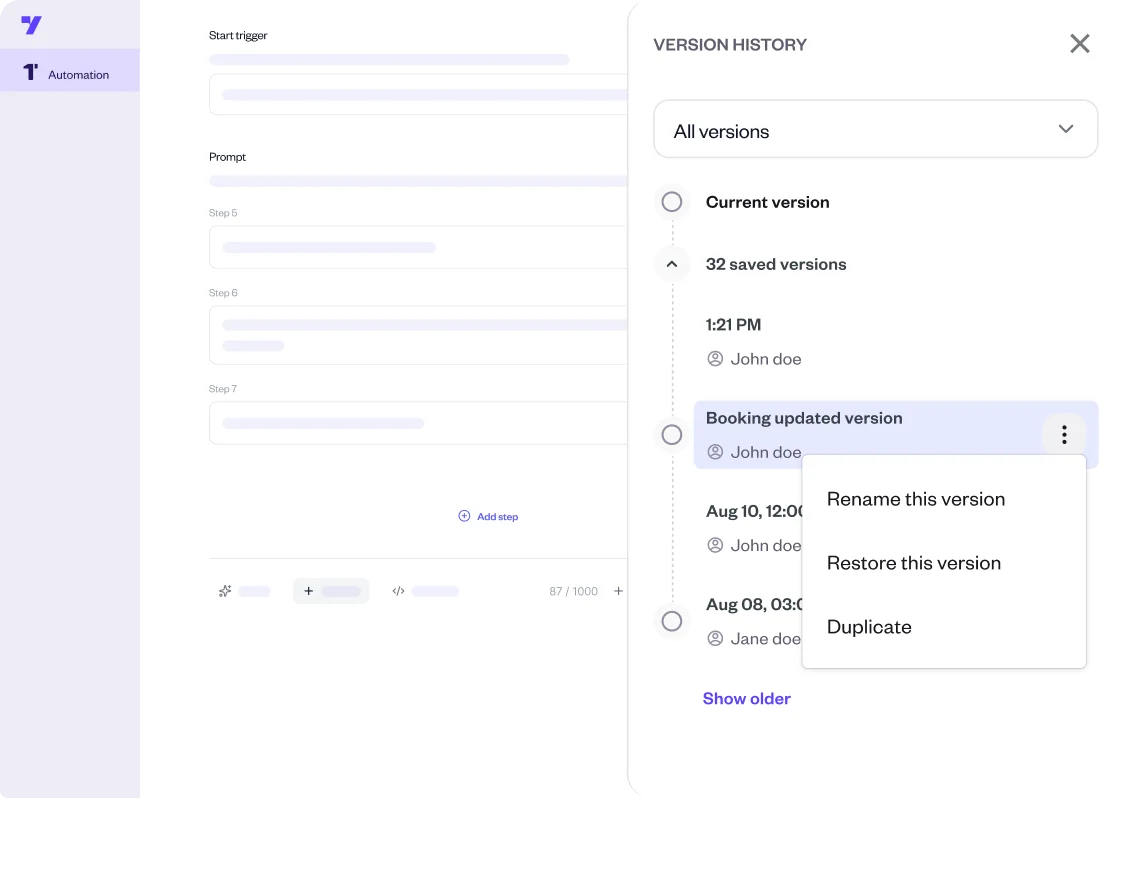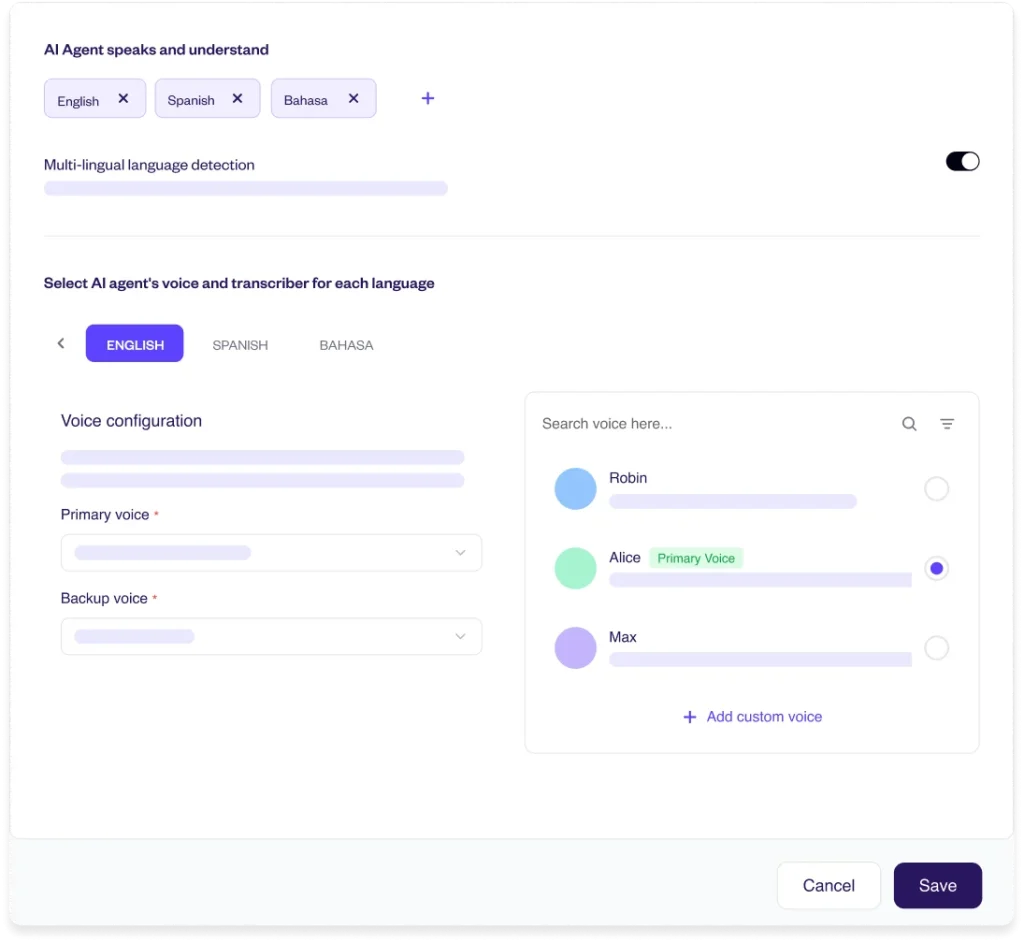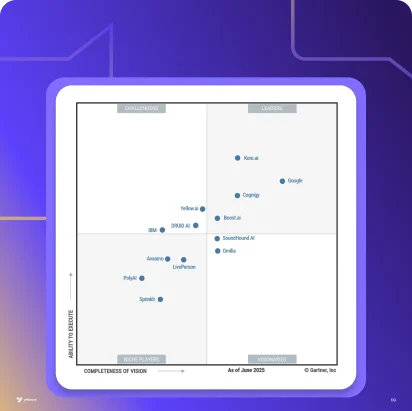OpenAI’s recent introduction of AgentKit marks another milestone in democratizing agent development. The framework offers developers pre-built components and patterns for creating AI agents—a genuine contribution to the ecosystem that will accelerate innovation for technical teams building custom solutions.
But as someone who has watched hundreds of enterprises navigate this journey, I’ve observed a pattern:
The challenges that sink AI initiatives rarely surface during the building phase. They emerge once you deploy AI agents in live environments, especially at enterprise scale.
Understanding What Toolkits Like AgentKit Give You, and What They Don’t
Open AI’s AgentKit gives developers valuable building blocks: Swarm for multi-agent coordination, prompt caching, and integration patterns. If you are an AI researcher or have a strong engineering team building something highly specialized, these tools offer the flexibility and control you need.
However, what you’re not told upfront is that they hand you components and leave you to build everything else. Everything required to run agents reliably at scale, whether it’s orchestration, real-time monitoring, systematic quality assurance, multi-team version control, compliance-ready governance, it’s all on you to build.
For organizations with strong AI engineering teams and truly unique requirements that justify custom infrastructure, this makes sense.
But for most enterprises? You’re not actually building differentiated AI capabilities, you are essentially rebuilding significant portions of what enterprise platforms provide out of the box.
That’s 4-6 months of not optimizing outcomes, testing new use cases, or driving business value while competitors using platforms are probably already iterating on their third use case. Plus, you now own the ongoing maintenance, scaling complexity, and technical debt, forever.
Development Success Doesn’t Predict Production Performance
Let’s consider what happens when an AI agent moves from proof-of-concept to production:
Your prototype handles 100 conversations seamlessly. But when you deploy to production: 100,000 conversations daily, across 15 languages, spanning 8 different channels—web chat, WhatsApp, voice, SMS, mobile app, you name it.
Each conversation might trigger workflows in your CRM, check inventory levels, process payments, create support tickets, or update customer profiles.
And every single one of those integrations is a potential point of failure.
When Multiple Teams Deploy Simultaneously
In enterprises, this is a real challenge. Your customer service team wants the agent to prioritize quick resolution. Your sales team wants it to identify upsell opportunities. Your compliance team needs audit trails for every decision. Your operations team requires integration with backend systems that weren’t designed for real-time AI interactions.
You might think version control is straightforward, just track prompt changes like code commits. But what actually happens is your support team improves the returns policy flow. Simultaneously, your sales team optimizes product recommendations. Your compliance team adds new regulatory disclaimers. All three changes deploy Friday afternoon.
Monday morning, your high-value workflow breaks in a way nobody predicted. The support improvements changed the conversation context. The sales optimization altered how product data gets retrieved. The compliance update added latency that disrupted timing-sensitive handoffs.
Which change caused the problem? Without proper tooling, you’re as good as just guessing. How do you roll back safely when three interdependent changes are in production? Toolkits won’t prepare or safeguard you against this.
What Production-Grade Agent Development Actually Needs
Way too many enterprises hit the same wall. They build impressive agents in development, then struggle with the operational reality of running them in production.
Here are my 5 non-negotiables to ensure success:
- Accessibility without compromising control – Business users understand customer needs. Developers understand technical constraints. Production platforms need to serve both without forcing one to wait on the other or sacrificing quality for speed.
- Orchestration beyond single agents – Real systems need specialized agents handling specific tasks—product inquiries, order management, support escalation—while maintaining context across handoffs and escalating intelligently when needed.
- Integration resilience – Not just API connectivity, but event-driven workflows triggered by business events, graceful failure handling, and smart decision-making when systems return conflicting data.
- Quality Assurance at population scale – Manual review fails at 100,000 daily conversations across languages and channels. Production systems need automated evaluation that flags degradation before customers experience it.
- Operational governance as foundation – Version control, rollback capabilities, and audit trails that let teams iterate confidently instead of fearing every change might break critical workflows.
Introducing Agent Builder 2.0: Where Simplicity Meets Depth
Both of the scenarios I spoke about earlier have one thing in common: the agent technology itself worked fine.The models performed. The prompts were well-crafted. The conversations flowed naturally.
What failed was everything around the agent; the operational infrastructure that nobody thinks about during the exciting building phase. The monitoring systems that catch data inconsistencies. The testing frameworks that simulate multi-team deployments. The governance tools that let you understand what changed and why.
Agent building is not the hard part. Running agents reliably at enterprise scale is. And this is precisely the gap we’ve been working to close with Agent Builder 2.0.
Key Features of Agent Builder 2.0
1. Democratizing agent development without sacrificing quality
With our new feature, Ask AI which can convert ideas into prompts, business users can articulate what they need and the system translates that into production-ready agents.
Our Agent Analyzer suggests how to make improvements with quality checks and users also receive optimization guidance with MagicCues, eliminating the bottleneck of technical expertise.
Teams can ship faster because they’re not waiting for developers to interpret requirements and write prompts, and quality remains consistent because the built-in analysis catches issues before they reach production.

2. Enabling true enterprise automation
With our new visual workflow design, teams can build complex, multi-step business processes without wrestling with code.
Now business systems can trigger agents automatically based on real events, and those agents can seamlessly hand off to specialized agents or escalate to humans while preserving context.
Additionally with features such as version control and custom validation, teams can iterate confidently, roll back changes and ensure critical business rules are enforced at the platform level.

3. Delivering consistency across every touchpoint:
With rich multi-modal support, our AI agents maintain the same intelligence and context whether users engage via web, mobile, voice, or messaging, and across any language to create unified experiences instead of fragmented ones.
With Conversational bubbles, we are simplifying and breaking down responses into natural, conversational segments instead of wall-of-text replies that keep users engaged.
Also, we’ve added channel-specific rules to ensure AI agents maintain the unique constraints and opportunities of each platform, from chat, WhatsApp to voice.

To Decide What Works Best for You, Ask Yourself
Is your competitive advantage building AI infrastructure, or using AI to solve customer problems faster than anyone else? If it’s the former, build. If it’s the latter, buy time back.
If you’re ready to explore the platform approach, we’d be happy to show you how Agent Builder 2.0 handles the operational challenges I’ve outlined, or just talk through your specific deployment challenges.






















